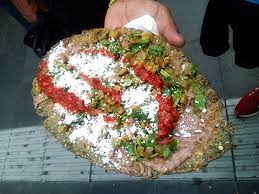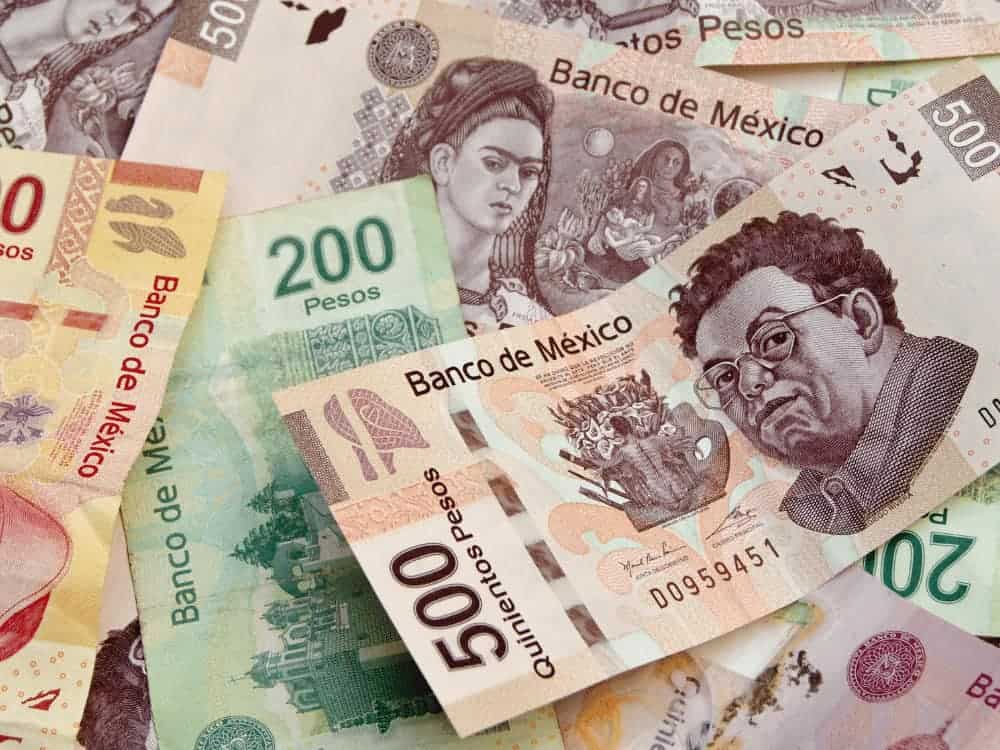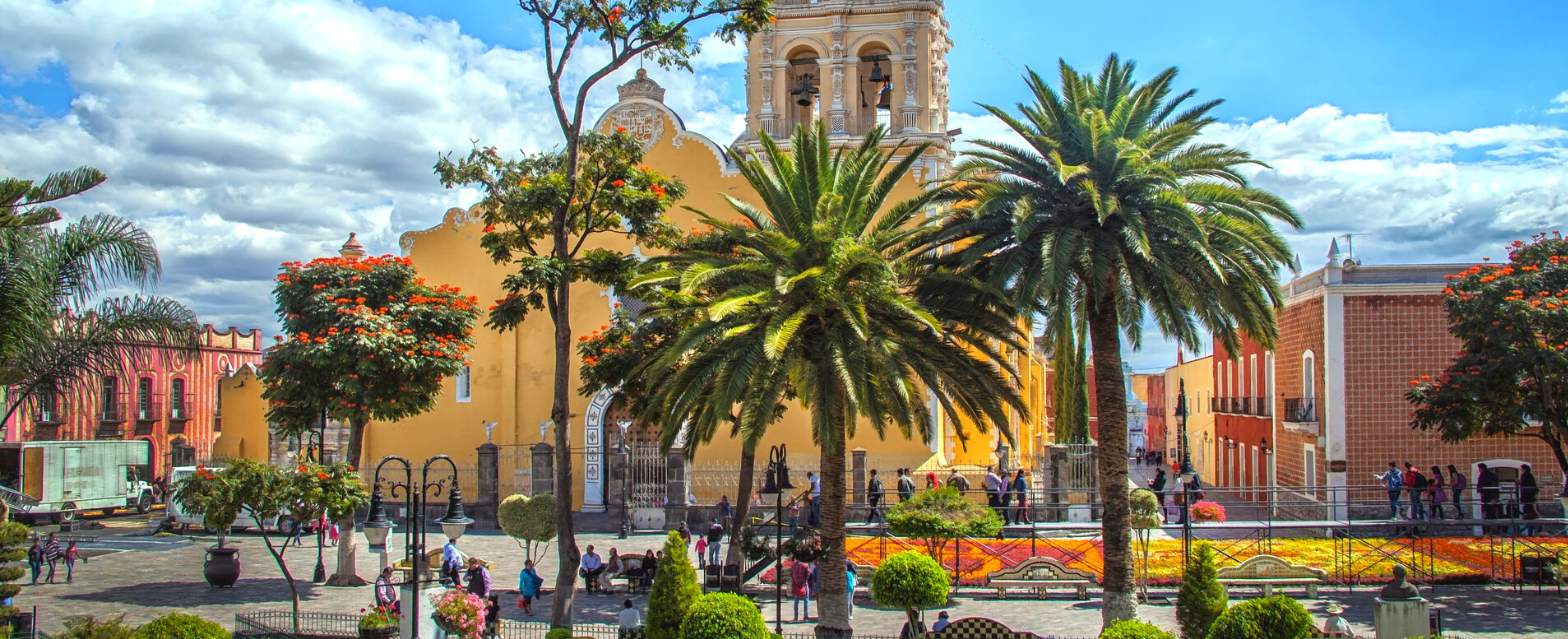This blog post was written by our guest writer, Jeff- our recommended relocation tour guide in Playa del Carmen– He shares his experience with some of the major differences of living in Mexico vs. the USA.
One of the most interesting aspects about living in Mexico full time is learning about and adapting to the differences in Society between the US and Mexico. Once you cross the border into Mexico, you will immediately begin to experience and participate in these changes. Some changes may be subtle, and you will hardly notice them at all, and others are unavoidable to what you were accustomed to in the U.S.
I will share with you just a few of the many differences in society that I have experienced here in Playa Del Carmen.
1. IF LUNCH IS DINNER, WHEN IS DINNER?
In a traditional sense for Mexicans, lunch is the main meal of the day, and it’s usually between 2-4 pm, which happens to coincide with the hottest part of the day here in Playa. And that’s because office workers tend to work from 9 am-7 pm Monday through Saturday. So the middle of the day for them is usually 2 pm.
Quick fact – in a study measuring the longest hours worked by country, Mexico ranked number one in hours worked. Mexicans are some of the hardest-working people in the whole world!
Even the public and private schools close down for the children to go home and enjoy a meal with family or make a run to the nearby food truck. Although it’s commonly called “siesta,” you will not see stores and shops close in most urban or tourist areas. Instead, lunch is leisurely taken, not rushed, and then back to work or school till around 8 pm. Yes- you read that right- kids go to school for many hours in Mexico.

Dinner, however, is usually around 9 pm and somewhat lighter.
This takes some getting used to. Especially if you’re from the U.S., where lunch is at 12 pm, and dinner is around 6 pm. Another funny thing about living in Mexico is if you’re in the mood for tacos for lunch, the typical taco restaurant doesn’t open until after 5 pm! Tacos in Mexico are usually late-night food, and you’ll see families or friends enjoy them together after dark in a packed restaurant where the tacos are sold by the piece.
2. IS THERE A DOCTOR IN THE HOUSE?
One of the things that amaze me is the availability of cheap affordable healthcare. How often have you not felt well, called your doctor only to find out you can’t get an appointment for two weeks in the states?
Here in Mexico, problem solved.
If you need a doctor for a minor ailment, just about every pharmacy has a Consultorio, and no appointment is needed. Other expats often refer to these doctors as “doc in a box.” And for about 50 pesos (approximately $2.50), you can see a local licensed doctor for diagnosis and treatment. And the beauty of this is they can write you a prescription that you can get filled next door! In addition, most prescription drugs are available over the counter at a fraction of US prices.

In the U.S., you’d be lucky if you could get a doctor’s appointment the same week. Then on the day of your appointment, they usually won’t diagnose you. Instead, they’ll want to schedule another appointment to run some tests, which is another cost.
After your lab work is done, then and only then do you usually get a prescription. The whole process can take weeks or months for you to get an answer and be on your path to recovery. Not in Mexico. In Mexico, healthcare is not heavily regulated by big pharma. So you can get appointments quickly for things like MRI’s, lab work, X-rays, and a variety of other procedures that usually require a referral in the states. Plus, in most cases, you’ll pay a fraction of the cost- even if you don’t have private health insurance.
Not sure if living in Mexico is right for you? Check out our FREE Living in Mexico Guide for Expats to learn more about life in Mexico.
3. CHEAP EATS

For me, my favorite time to enjoy local eats in Centro (downtown) is around 8 pm.
By that time, the local restaurants and Taquerias (taco restaurants) are in full swing. From the street-carts are on every corner and in the public parks, to the ice cream man, to the mariachis serenading the many patrons at the restaurants. It is an absolute food fest without a doubt. You can eat everything from tacos to tlyudas, churros, marquesitas, fresh fruit, elote, tortas. And for about $100 Pesos, or $5 USD or less, you can enjoy many of the local’s favorite foods!

4. FULL SERVICE
When was the last time you visited a full-service gas station?
Here in Mexico, they are ALL full service. Not only do they pump your gas, but the attendants also clean your windows, check your tire pressure and even check your fluid levels. Always remember to tip between 10 and 20 pesos, as it is customary to do so here.
One note of caution, many scams can take place at the pump, so be aware of what’s going on to ensure you are not taken advantage of. In our COMPLETE Mexico Relocation Guide, you’ll get an entire list of them to help you avoid being scammed!
5. GROCERY BAGGERS
Another big difference you will find here in Mexico is at the supermarket checkout. You’ll see senior citizens volunteering to bag your groceries. These are known as “cerillos.”

I have had the pleasure of personally meeting and talking to a few seniors who graciously explained the system. They aren’t the stores’ employees and do not receive a wage. Instead, they are members of a government-sponsored program called INAPAM, which is catered towards seniors over the age of 60.
They work 6-hour shifts 6-days a week and have flexible schedules so that as many seniors as possible can participate. But, unfortunately, many only receive a small government pension, which is a golden opportunity for them to earn pesos from your tips.
Please support them. It is customary to tip 10-20 pesos. However, if they have bagged your entire “despensa” (pantry) for the month, then tip a little more!
6. CHOOSE YOUR SPANISH WORDS WISELY OUT OF RESPECT
Probably the largest social difference between Mexico and the U.S. is language.
You will find that many locals do not speak a single word of English outside of the tourist areas. Learning Spanish will make life here easier and more productive. Even learning just a few basics will go a long way. Every national I have ever met is extremely proud of their country, traditions, customs, and roots.

Respect is an honored tradition, and even strangers will greet you with a Buenos días, Buenas Tardes, or Buenas Noches. If you are new to Spanish or just beginning to learn, it’s important to know how and when to use it in a formal sense or familiar sense. I’m old school and about 80% fluent, so I always try to use the correct forms in a conversation. The formal form is used in situations where you meet someone for the first time, persons older than you, and in business transactions.
For example- usted and tu both mean you. However, usted is used to talk to someone you don’t know or someone older than you. Whereas tu is used to talk to a friend, someone you know well, or people younger than you.
Let me give you a couple of examples:
“Usted de donde es?” – Where are you from? (formal)
“Tu de donde eres?” – Where are you from? (informal)
“Usted tiene la hora?” – Do you have the time? (formal)
“Tu tienes la hora?” – Do you have the time? (informal)
7. IS IT MEXICAN OR AMERICAN TIME?
We are not talking time zones! Ha! 😁

We as Americans typically make schedules and appointments for everything; punctuality is engraved in our society. But, with very few exceptions, your entire perspective of American Time (being on time) disappears.
In fact, the Spanish word “ahorita” (now) is a great example of Mexican Time and is an integral way of Mexican life. When someone tells you “ahorita” when you inquire about receiving a service, definitely set a time. From the Mexican perspective, “ahorita” can mean now, right now, five minutes, tomorrow, next week, and in some cases never!

It’s important that you adapt to this when you move to Mexico as soon as you can. It’ll save you the headaches or disappointment when a handyman doesn’t show up at 10 am like he said he would. The sooner you realize you are now on Latin time, the sooner you will start to relax. Mexican tend to be “yes” people. And to no fault of their own, they want to please you. Sometimes even when they are already spread too thin. In some cases, this means that 10 am can turn into 3 pm or 1 pm the following day. The important thing to remember is this is the culture here. Don’t try to change it. Please don’t get angry about it. Embrace it. Unless you are trying to make an appointment for business or a job, punctuality in Mexico isn’t a priority.
8. CASH SOCIETY
Back home, plastic is king.
Most payments for goods and services we make are either by credit or debit. And for the most part, that will be the case here. However, in Mexican society, the Peso is king. For the average Mexican, credit is expensive and rarely used. Outside of the tourist areas, there are many shops, local taquerías, and markets that only accept pesos.

On the first and fifteenth of the month, you will see tremendous lines at banks and ATMs with locals withdrawing their salary to pay their bills and living expenses. Therefore, we expats avoid banks on those days at all costs. Because unless you really need to go to the grocery store or the ATM, the longer lines aren’t worth it. The 15th and 30th of the month are also known as “quincena,” which translates to every 15 days.
In all honesty, it is virtually impossible to live here in Mexico without Pesos in your pocket. You will need pesos to pay for various things, especially at local shops and restaurants and tipping. With that comes another issue of dealing with large bills and coins. It is safe to say that one of the biggest social challenges is having to deal with many merchants unable to break the $500 or $200 Peso note for a small purchase. A quick tip to help you with that problem is to go to any bank teller during their normal business hours and ask them to break a $500 peso or $200 peso bill into smaller change. Trust me, you’ll need it.
Take a 3-Day Relocation Tour With Jeff!

These are only a few brief descriptions of the literally hundreds of societal differences between the US and Mexico, with each worthy of its own in-depth discussion.
If you’re interested in moving to Playa del Carmen, I encourage you to come on a 3-Day Playa Del Carmen Relocation Tour with me. Not only will I show you what it’s like to live in Playa del Carmen, but I will give you a variety of tips that will help you integrate into Mexican society like a local. That way, you are a hundred steps ahead of other newcomers and can avoid many of the headaches other expats have had.





